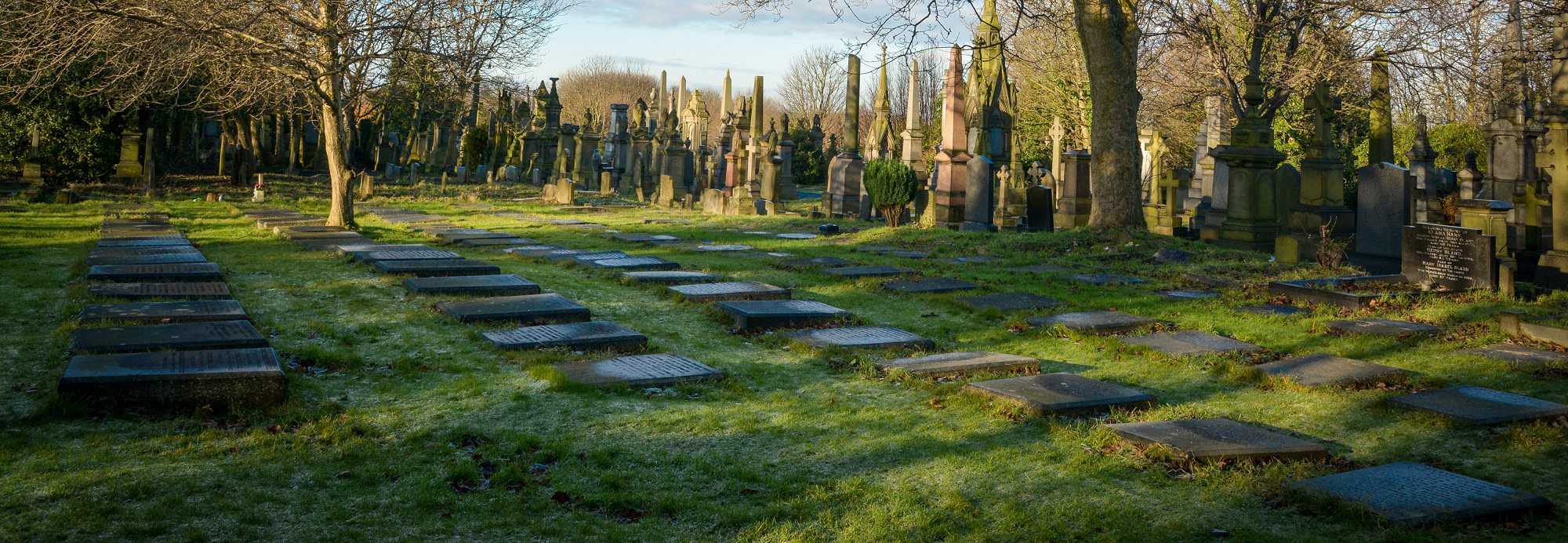John Beanland
John Beanland 1819-1890
J&W Beanland Builders and Contractors
Listed are some of the major building works the firm undertook:
Salts Mill, Saltaire (part of) 1853
All Souls Church, Halifax 1856-1859;
District Bank (Market Street) 1862
The restoration of Chichester Cathedral spire 1866;
Bradford Wool Exchange 1867;
Leeds Infirmary 1868
Bangor Cathedral (restoration) 1870-1880
Lister’s Mill Chimney 1871 and part of Manningham Mills;
Caspian House, Bradford 1871;
Wellesley Barracks, Halifax 1875;
The Swan Arcade, Bradford 1877-1880;
York Infantry Barracks 1877-1878 (became the West Yorkshire Regiment’s depot and barracks in 1881)
Pontefract Infirmary 1880
Horsforth New Church 1883
Bradford Post Office, Forster Square 1886
John Beanland was born in 1819 in Horton, Bradford into an old, well known Bradford family of joiners and carpenters. It was a good time to be born, as between his birth and death in 1890, the population of Bradford would explode from around 6,000 inhabitants to approximately 280,000. This was due to the industrial revolution with massive growth of the wool and textile industries as people moved in from the surrounding towns and villages seeking work and Irish families arrived fleeing from starvation and their potato famine. Wealthy wool merchants also arrived from Germany to set up businesses and so there was a great need for joiners and builders to construct the houses, textile mills, warehouses and public buildings etc. During this century Bradford grew into a very wealthy boom town and became known as the wool capital of the world.
In 1844, at the age of 25, John and his cousin William Beanland aged 22, founded the firm
J. & W. Beanland Builders and Contractors and set up their first premises in Horton Lane. They began on a small scale but they were young, ambitious and energetic. The firm began before railways were introduced into Bradford and John used to tell of the time when he and William made the journey to Hull on foot in order to make their first purchase of wood. By 1851 they employed 50 men but by 1861 the number of their employees had grown to 328 men. In 1871 they moved into larger premises in Harris Street and were now owners of a quarry and making their own bricks. The business grew until the firm of J & W Beanland became one of the most extensive and influential in the trade.
In 1881 the partners both retired and John passed over his partnership to his eldest son, John Edward Beanland.
John Beanland was known as a hardworking tradesman and a pattern of integrity and uprightness. He never made himself prominent in public affairs but was one of the most active members of the committee set up to obtain Peel Park as a recreation ground for the borough. He never slackened his efforts until Peel Park was handed over to the Corporation free of debt in 1863. That, however, was the culmination of years of hard work and persistent begging for funds to pay the purchase money and complete the necessary works. He was also one of the originators of the popular Peel Park Galas, which every Whitsuntide returned a handsome revenue to the Joint Hospital Fund of Bradford. He continued as an active member of the committee until 1888 when his failing health compelled him to withdraw.
For many years, too, John Beanland was on the Board of Management of the Bradford Infirmary and was one of the most earnest members of that body. He also did good work with the Tradesmens Benevolent Institution.
For many years he had been connected with the Masonic institutions of Bradford and West Yorkshire, being Past Provincial Grand Superintendent of Works and a member of the Charity Committee of the Province of West Yorkshire. He belonged to the Lodge of Harmony, No.600. He had also been a director for many years of the Bradford Third Equitable Building Society and a director of Bradford Savings Bank.
In all these philanthropic endeavours, John Beanland not only gave unstinted time and service, but also contributed from his own purse and was of an eminently practical turn of mind, and unobtrusive in his manner.
On Tuesday September 30 1890 he died suddenly at his home, Ashgrove Cottage, Little Horton. He had been in poor health during the past two years with heart disease and had been confined to bed during his last 2 weeks. On the morning of his death he rose shortly before 8 o’clock but had to soon sit down in a chair where he suddenly died. On Friday October 3, his funeral took place at his home with a religious service, led by the pastor of Horton Lane Congregational Church which he had attended. The large funeral cortège then left his home, headed by a number of his old workmen and was followed to Undercliffe Cemetery, by his family and many prominent people in the town and also representatives of the various institutions with which he had been connected.
Research by Pauline Shieldhouse 2020

